For almost a decade, a voluntary water label has existed for many household products. Tom Andrewartha, Chair of Water UK’s Water Efficiency Network and Customer Strategy & Campaign Delivery Manager at Northumbrian Water Group, looks at why now is a very exciting time as we find ourselves on the cusp of seeing the visibility of water efficiency raised in the UK.
We live in a world where consumers are more switched on to energy efficiency than ever before.
Chances are, if you’ve bought a TV or other electrical product in recent years, you’ve taken notice of the energy rating plastered across the marketing. And you wouldn’t buy a house without checking the Energy Performance Certificate. The efficiency of what you’re purchasing is now part of the decision-making process, whether that be to a lesser or greater extent.
The person selling the product knows that efficiency matters to consumers whether they are motivated by saving money or reducing their environmental footprint.
So why do we not see water efficiency labels across more products, such as taps and showers? Chances are, if they are there, they are nowhere near as visible they need to be. These labels have been around for years, particularly within markets such as bathroom appliances.
However, their lack of prominence negates their effectiveness, and the potential for them to sell your product by showcasing the benefits to customers who want to make choices that benefit the environment or save money.
Hopefully, you’re not reading this and thinking “why would we bother?”
Just in case you are, let me give you two answers that matter to your environmental conscience, and two that will hopefully appeal to the part of you that has an eye on the bottom line.
First, potable water is a finite resource. Coleridge was right when he wrote the often misquoted “water, water, everywhere, nor any drop to drink”. Yes, it falls from the sky and here in the UK we often feel like we get more than our fair share of it. But it’s an illusion to think we will never see shortages if we don’t use it efficiently given population growth and climate change.
Second, water and energy efficiency go hand in hand. That is true from production right through to usage. If we can produce and supply less water, that uses less energy. If we have products in our home that use less hot water, we use less energy through consumption and save money.
And now for those bottom-line factors.
Following a consultation on personal consumption in 2019, DEFRA is set to release a report early this Spring that we hope will commit to making water efficiency labelling mandatory in the UK. But even if they don’t, it’s time to get ahead of the game and appeal to cost conscious and environmentally minded consumers and put yourself in prime position when it comes to influencing their purchasing decisions.
Add to this a change in Building Regulations that’s on the horizon. As it stands, new properties should be built in line with a personal consumption target of 125 litres of water per person, per day. Also part of the DEFRA consultation, it is expected that more stringent targets may be introduced to lower this to 110 litres per person per day.
Over the last 50 years UK average consumption has nearly doubled to 142 litres per person per day. That level of consumption needs to come down and water efficiency labelling of products is one of the ways we can do that. In fact, it’s a key solution.
I agree with Nathan Richardson from water efficiency NGO Waterwise, who believes that moving to mandatory water efficiency labelling of products has to happen in the UK. Experience from other countries and research in the UK has shown that it will save customers money, save water, save energy; reduce our carbon footprint and help the natural environment….it’s a no brainer!
